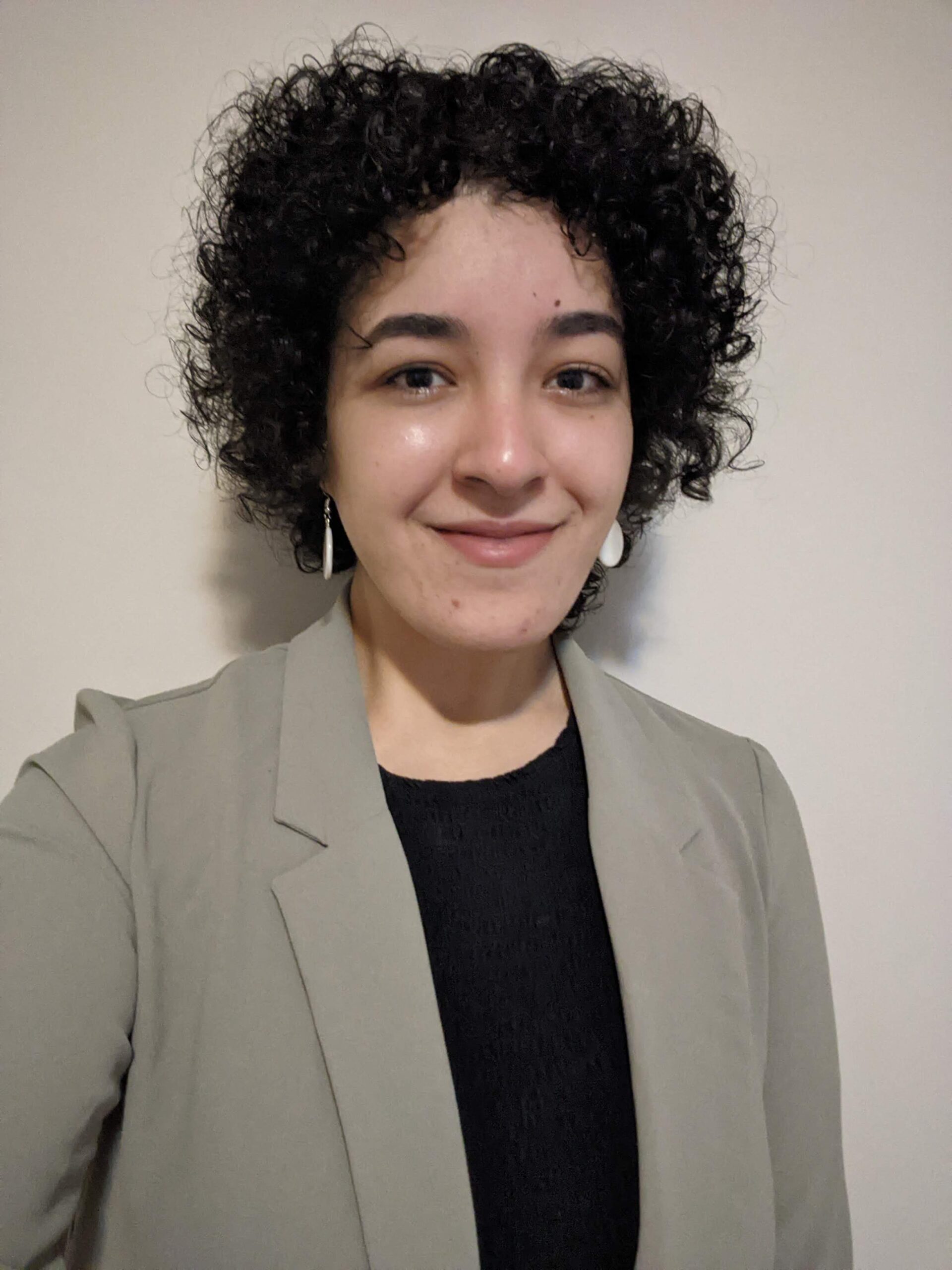
The Healing Journey: Indigenous Women and Girls
Violence against First Nations, Métis and Inuit (Indigenous) women and girls persist in many forms, notably through intimate partner violence. Intimate partner violence refers to criminal and non-criminal abuses such as emotional, financial, sexual, physical abuse and homicide. Although intimate partner violence encompasses men and women, Indigenous women are disproportionately impacted by male violence.
In addition, the Native Women’s Association of Canada affirms that violence against women began outside the homes and communities of Indigenous people. Above all, settler-colonialism works to devalue and harm Indigenous women and girls, both in public and private spheres. In early colonial Canada, negative perspectives of Indigenous women and girls solidified through settler stories, passages, and writings.
Settler-Colonial Pursuits
As explained by Guthrie Valaskakis, early colonial writings described Indigenous women as “Indian princesses”—strong, proud and honourable. With this in mind, it is essential to note that the narrative shifted once English and French settlers imposed colonial rules on Indigenous communities, nations, and families. In turn, resistance to colonization led to the invention of Indigenous women as “squaws”—dirty, uncivilized, and sexually promiscuous.
By manifesting Indigenous women and girls as sexually available, settler and Indigenous men are perceived as justified for physical and sexual violence against women. In this sense, Indigenous women and girls are increasingly vulnerable to violence and abuse. As perpetuated by settler-colonialism, Indigenous women and girls are more likely to be involved with hitchhiking, addictions, unhoused, prostitution and other sex work, gang involvement, and abusive relationships.
To Breath, To Exist
As a result, it can be easy to justify the harms experienced by Indigenous women and girls based on what they are “doing.” For instance, situations of sexual violence are written off due to involvement in prostitution. However, the Native Women’s Association of Canada’s research indicates that some women were “vulnerable” to violence only insofar as they were Indigenous and they were women.
Approximately 6 in 10 Indigenous women experience intimate partner violence in their lifetimes. Yet, violence against Indigenous women and girls continues today through colonial institutions such as reserves, child welfare, and policing systems.
The Healing Journey
To begin healing, Indigenous women and girls must have resources and services to mitigate the short and long-term harm of intimate partner violence. In Edmonton, the Red Road Healing Society is a not-for-profit Child and Family Resource Center that provides guided, culturally appropriate, and accessible support to Indigenous women, girls, and those seeking help in and around the Edmonton area.
Red Road Healing Society offers holistic wellness programming for children, youth, and families, drawing on Indigenous perspectives, knowledge, and practices. By bridging youth with support and services that their parents and grandparents did not have, grassroots organizing can address settler-colonial trauma. Further, childcare is also provided, and whole families are welcomed. Finally, in removing barriers to new mothers and caregivers, the organization enables a broad range of services to Indigenous women, girls, children, and families.
Remembering, Restoring, Renewing
Grassroots community organizing stems directly from the power and voice of Indigenous women. When we lift one another and support one another, we can restore family and community connections as new, restored connections blossom. In this way, the message of the Red Road Healing Society of remembering, restoring, and renewing manifests inner power through helping others.
Whether it’s volunteering, raising awareness, or community organizing – connecting with the Red Road Healing Society tangibly alters our communities. Irrespective of when, where or how you made it to Edmonton, we walk together.
The long road winding began in the stars, spilled onto the mountain tops, was carried in the snow to the streams, to the rivers, to the ocean. It covers Canada, Alaska, America, Mexico to Guatemala, and keeps winding around the indigenous.
The Red Road is a circle of people standing hand in hand, people in this world, people between people in the Spirit world, Star people, Animal people, Stone people, River people, Tree people. The Sacred Hoop.
To walk the Red Road is to know sacrifice and suffering. It is to understand humility. It is the ability to stand naked before the Creator in all things for your wrongdoings, for your lack of strength, for your discompassionate way, for your arrogance. Because to walk the Red Road you always know you can do better. And you know, when you do good things, it is through the Creator, and you are grateful.
To walk the Red Road is to know you stand on equal ground with all living things. It is to know that because you were born human, It gives superiority over nothing. It is to know that every creation carries a Spirit, and the river knows more than you do, the mountain knows more than you do, the stone people know more than you do, the trees know more than you do, the wind is wiser than you are, and animal people carry wisdom. You can learn from every one of them because they have something you don’t. They are void of evil thoughts. They wish vengeance on no one, they seek.
To walk the Red Road, you are given rights. You have the right to pray, you have the right to dance, you have the right to think, you have the right to protect, you have the right to know Mother Earth, you have the right to dream, you have the right to vision, you have the right to teach, you have the right to learn, you have the right to grieve, you have the right to happiness, you have the right to fix the wrongs, you have the right to truth, you have the right to the Spirit World.
To walk the Red Road is to know your Ancestors, to call to them for assistance. it is to know that there is good medicine, and there is bad medicine. It is to know that Evil exists, but is cowardly, as it is often in disguise. It is to know there are evil spirits who are in constant watch for a way to gain strength for themselves at the expense of you.
To walk the Red Road, you have less fear of being wrong, because you know that life is a journey, a continuous circle, and a sacred hoop. Mistakes will be made, and mistakes can be corrected. if you will be humble, for if you cannot be humble, you will never know when you made a mistake.
If you walk the Red Road, you will know that every sorrow leads to a better understanding, every horror cannot be explained, but can offer growth.
To walk the Red Road is to look for beauty in all things. To walk the Red Road is to know you will one day cross to the Spirit World, and you will not be afraid.
I walk the Red Road | Unknown
Phone: 780-471-3221
Related Content:
WIN Edmonton House: Protecting Racialised women and girls



